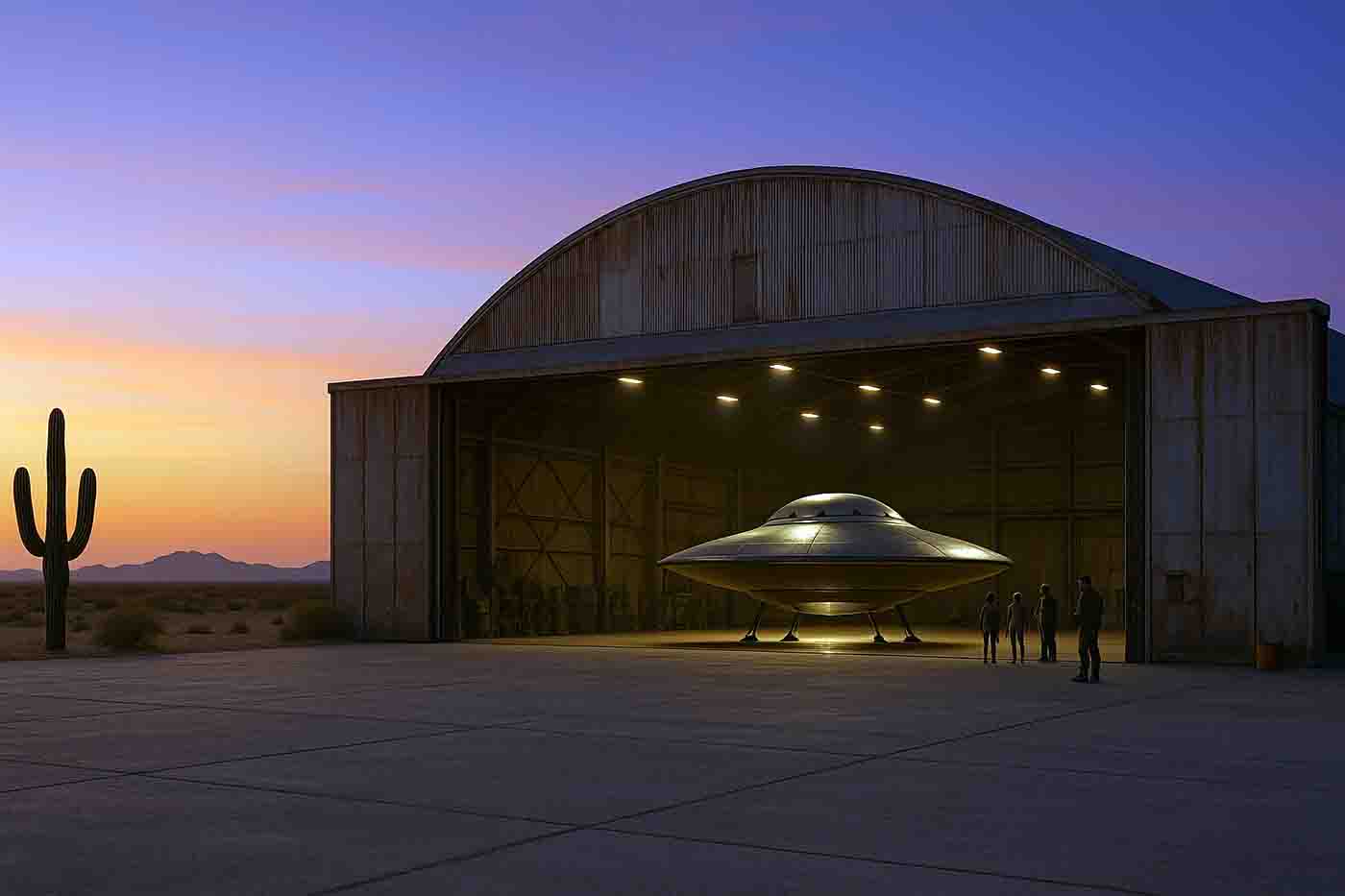The idea of a machine that runs forever, defying the laws of physics and generating endless clean energy, has captivated inventors for centuries. This fantastical device is known as a perpetual motion machine (PMM). But is it real, or just a persistent hoax?
The answer, unfortunately, is a resounding no. Perpetual motion machines violate the fundamental laws of thermodynamics, specifically the first and second laws. The first law states that energy cannot be created or destroyed, only transformed. The second law tells us that in any closed system (like a PMM), entropy, or disorder, always increases. In simpler terms, every real machine loses some energy to friction and heat, eventually grinding to a halt.
However, the allure of a PMM doesn’t fade easily. Countless inventors have poured time and resources into building these machines, often with hidden energy sources powering them. Some common tricks include:
- Hidden Power Sources: A seemingly self-propelling device might be secretly powered by magnets, compressed air, or even electricity hidden within its structure.
- Friction Reduction: Focusing on minimizing friction is a noble pursuit, but it won’t overcome the inherent energy loss from other factors.
- Misunderstandings of Physics: Inventors may misinterpret natural phenomena like gravity or magnetism, leading them to believe they’ve unlocked the secret to perpetual motion.
Despite the numerous failed attempts, the dream of effortless and clean energy remains. While PMMs are a scientific dead end, the pursuit of ever-more efficient and sustainable energy sources is very real. We are constantly striving for:
- Renewable Energy: Sources like solar, wind, and geothermal capture energy from the environment and replenish themselves. These technologies are becoming increasingly affordable and efficient.
- Friction Reduction: Though not a path to perpetual motion, advances in materials and engineering can significantly reduce energy loss in machinery.
- Energy Storage: Capturing and storing energy from renewable sources for later use is crucial for a stable and sustainable power grid.
The search for perpetual motion may be a scientific detour, but its legacy isn’t entirely negative. It has driven innovation in physics, engineering, and materials science. Our quest for free energy may not lead to a magical machine, but it’s pushing us towards a cleaner and more sustainable future, one well-designed machine at a time.
The Enduring Allure (and Futility) of Perpetual Motion The Enduring Allure (and Futility) of Perpetual Motion



